~ Intro ~
Welcome to another edition of Diode-dome!
Which LED will prove their worth (or should that be their Würth?) to become Champion of the Breadboard Realm?
Six LEDs enter, one LED leaves!

1. Kit review & selection criteria

I wanted to spend some time reviewing the contest LEDs and how I chose which one to use for my prototype flashlight. I'm not very experienced with soldering, especially not with very small components like some of these LEDs, so at least for the scope of the contest I had to prioritize how easily I would be able to solder these. All the LEDs provided for the contest are great quality and I'm looking forward to using them on future projects. I've been happy with the other provided components as well like the breadboard and power supply and level translator, but they're also a little more straightforward so I don't have as much to say about them for the moment. Will talk about the Arduino Zero in another post too.
Here are the criteria I considered for the LEDs:
- Number of pins: An LED with fewer pins should be a bit easier to solder.
- Footprint (mm ^2): A larger footprint gives more spacing between the pins and should be easier to solder.
- 5050 PCB compatible: Prefer using these options since they're intended for breadboards and rapid prototyping.
- Viewing angle: A wider viewing angle (>= 120 degrees) is preferred for my flashlight to get better color uniformity.
- Lens color: Diffused preferred over waterclear for better uniformity.
- Luminous intensity (mcd): The brighter the better unless it introduces heat dissipation problems.
I was going to make a quantified decision matrix for this determination, but as you'll see it became clear which LED is best for my project without going into much further detail.
2. Würth Elektronik 1315050930002

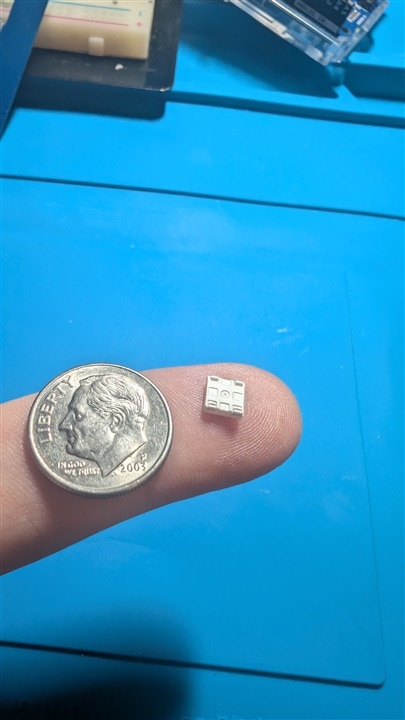
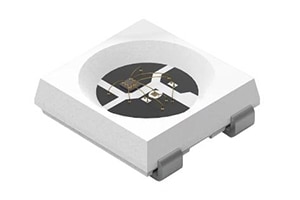
One of the 5050 PCB-size LEDs, which is a big plus. Also has 4 pins instead of 6, so soldering is a bit easier. Nice and bright output, much more than just a basic indicator LED. Diffuse plastic lens color and viewing angle 120 degrees. All signs point to this being a great option for what I need.
3. Würth Elektronik 1313210530000
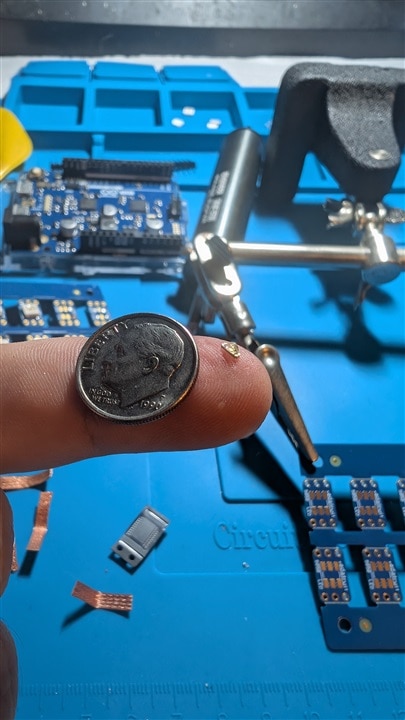

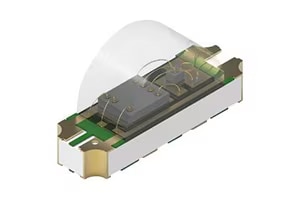
I love the physical design of this one with the bubble dome lens. That said, anyone who can solder this correctly on their first try is a wizard and not to be trusted. 4 pins is nice but the footprint is so tiny I just wasn't able to get this to work without bridging when I tried. Will try again after I've had more practice and prototyping time.
4. Würth Elektronik 1312020030000

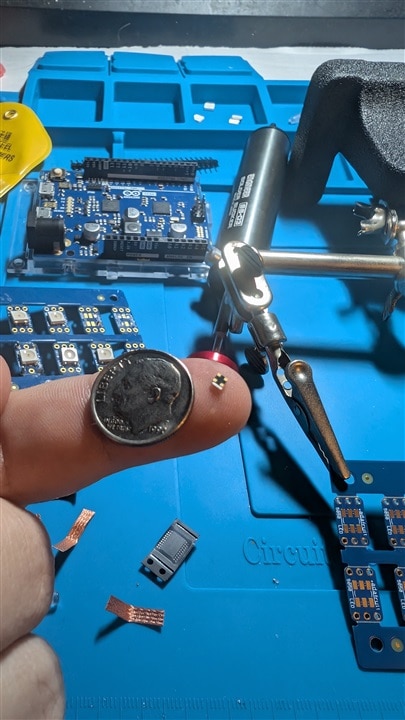
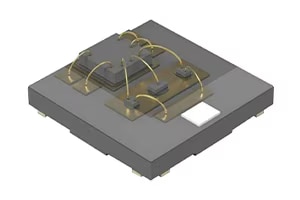
Just simply too small for what I can realistically solder right now. And the brightness level is lower than what I was hoping to use for illumination.
5. Würth Elektronik 1312121320437
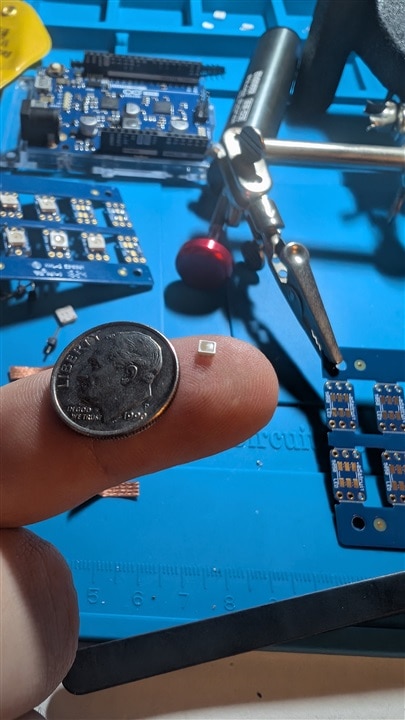
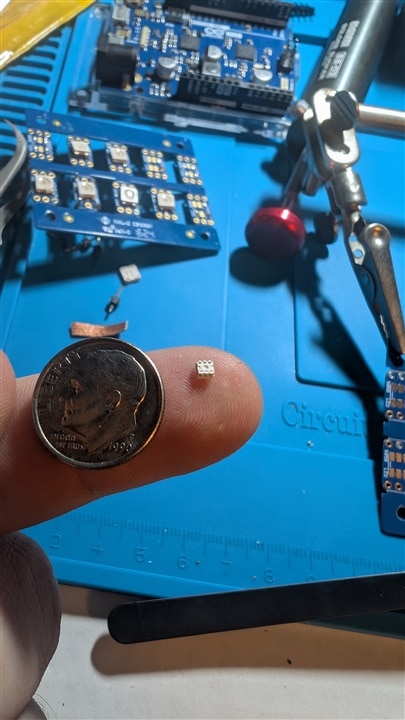

Surprisingly bright output, but still awfully small footprint and 6 pins instead of 4. Props to Würth for getting such good output from such a small component.
6. Würth Elektronik 1315050930246

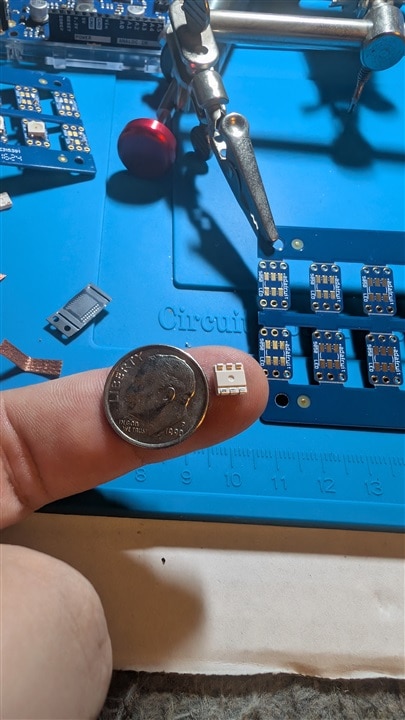

The only other 5050 PCB-size option. It's brighter than the first which is great for a flashlight, but also has 6 pins each instead of 4, so soldering would be more difficult. I would say this is a close second place.
7. Würth Elektronik 1311610030140

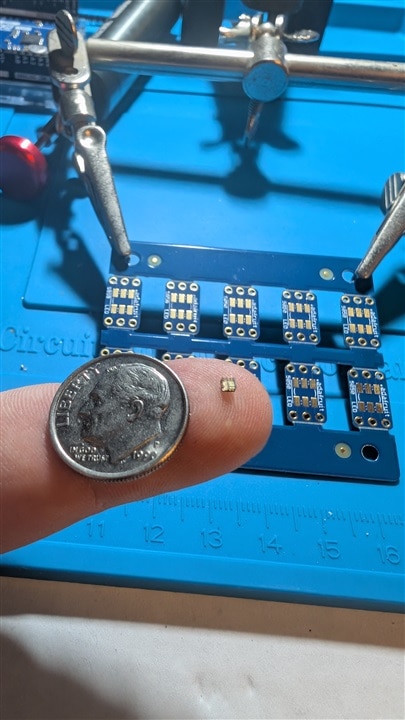

Just too small and dim for what I need for this project, but might be my preferred option for a denser multi-LED bulb later.
8. Final Selection
| LED # | # Pins |
5050 Compatible? |
Footprint (mm^2) |
Viewing angle (deg) |
Lens color |
Luminous intensity Red (mcd) |
Luminous intensity Green (mcd) |
Luminous intensity Blue (mcd) |
|---|---|---|---|---|---|---|---|---|
| 1315050930002 | 4 | Yes | 27 | 120 | Diffused | 450 | 1300 | 260 |
| 1313210530000 | 4 | No | 3.2 | 120 | Waterclear | 80 | 120 | 50 |
| 1312020030000 | 4 | No | 4 | 120 | Waterclear | 80 | 120 | 50 |
| 1312121320437 | 6 | No | 4.8 | 110 | Diffused | 600 | 1000 | 240 |
| 1315050930246 | 6 | Yes | 26.8 | 120 | Waterclear | 800 | 1800 | 400 |
| 1311610030140 | 6 | No | 2.6 | 120 | Waterclear | 80 | 120 | 50 |
After reviewing the LEDs for these criteria, I settled on using the #1315050930002 LED for my project. It's 5050 PCB-compatible, and has fewer pins than the other similar size one (#1315050930246) so soldering should be a bit easier. Also I like that it has a diffused lens color, which hopefully will give a more uniform output color for my flashlight. It's less bright than the other 5050 one but I'm willing to accept a lower output for a breadboard-level design.
I'm going to try to get my remaining blog posts done before the deadline tomorrow. Been making some fun progress with learning needed for the kit, but life got in the way of productivity. Next posts will include soldering woes, general Arduino noob learning, and physical design options.
~ Epilogue ~
The champion has been crowned! All hail Gladiator #1315050930002!

Note: The funny 'LED arena' renderings in this post were made with ChatGPT.
